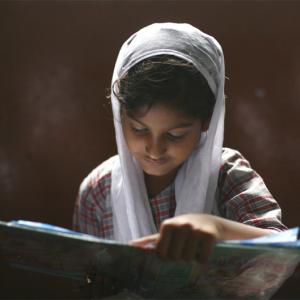Less children are being born in India. But less daughters too, points out the Sample Registration System data from the Registrar General of India. Abhishek Waghmare reports.
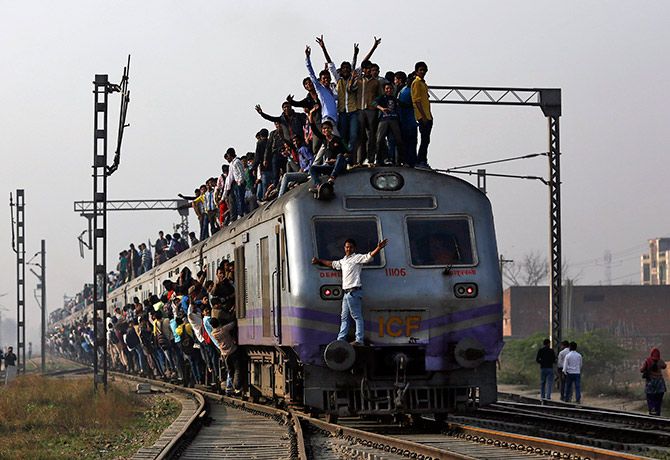
The country’s peculiar mantra has been proved to be true once again: Indians now plan fewer children than before on an average, but end up giving birth to fewer daughters than before among the children so born.
The Sample Registration System data from the Registrar General of India has brought this under spotlight once again.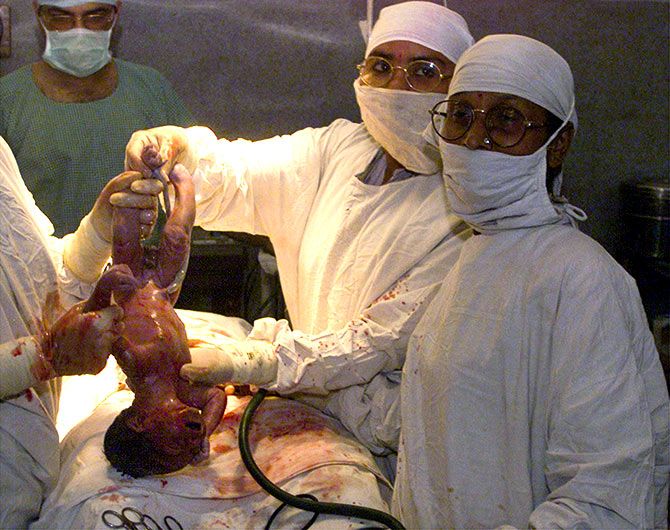
India’s total fertility rate -- the number of children expected to be born per woman during her entire span of reproductive period -- has reduced from 2.3 in 2016 to 2.2 in 2017. This is closer to the replacement rate, or a TFR of 2.1, where population growth stabilises. Couples in both cities as well as villages, across almost all states, have unanimously contributed to having less children, and the decline of TFR as a result.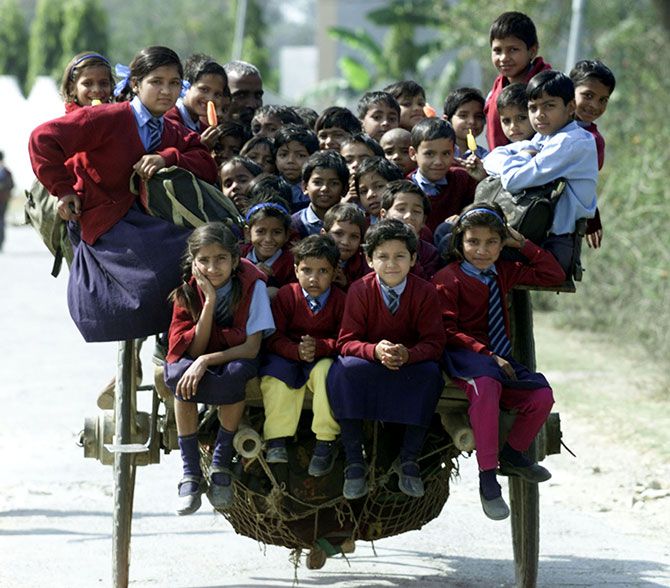
This trend is in line with the population projections by the United Nations, which have been revised downward in recent years. The year in which India will surpass China in population has been extended from 2022 (according to 2015 report) to 2027 (according to the 2019 report).
This improvement gets eclipsed by a stark worsening of the already adverse sex ratio at birth. After improving till triennium (three-year period) ending 2013 to 910, the number of females born per 1,000 male births has declined to 898 in triennium ending 2017.
While that in cities had declined the most till 2015, the preference for sons has been getting darker in rural areas more recently. Under natural circumstances, sex ratio at birth falls between 950 and 955, according to research.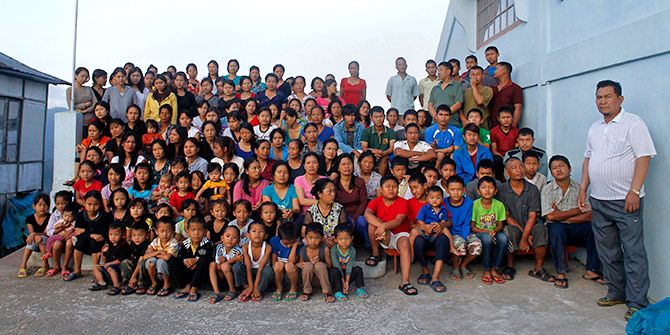
“Use of sex-selection techniques is the biggest cause, and it refuses to budge. Indians want less children now, but want them as sons. Major behavioural changes are needed to address this issue,” said Poonam Muttreja, executive director at the Population Foundation of India, a think tank.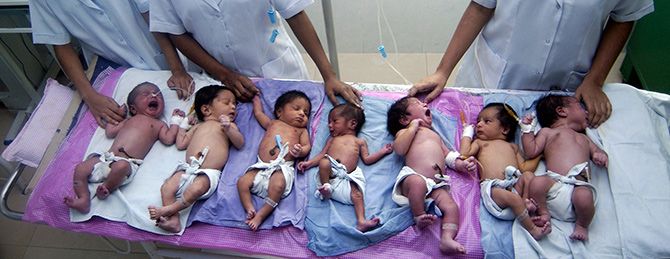
The last economic survey authored by former Chief Economic Adviser Arvind Subramanian (2017-18) had underlined the “meta-preference” towards sons in detail. It had also showed that sex ratio for the last child in states such as Punjab and Haryana was less than even 500.
Sex ratio at birth has already been lower in cities than villages. But the SRS data also shows that it is Telangana, Delhi, Kerala, along with Bihar, that have shown the sharpest worsening in recent years. In Telangana, SRB declined 21 points, from 918 to 897 from 2015 to 2017. While the case in Delhi and Kerala is similar, that in Bihar is different.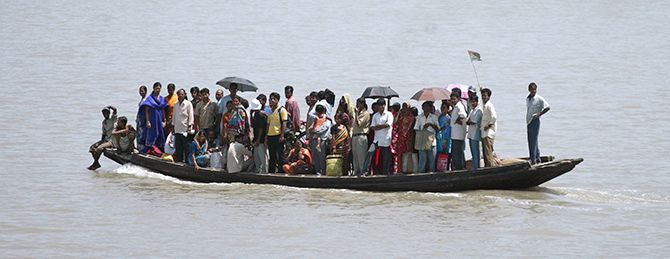
“Social norms that prefer male children result in lack of nutrition in girls in relatively poorer states such as Bihar. But in more urbanised states, it is the richer households that are preferring more sons due to flawed social and economic reasons,” said Muttreja.
The SRS data also demonstrated that the proportion of “economically active” population (15-59) as well as old-age population (60 plus) in India is rising. While the former constitutes 65.4 per cent of the populace, the latter was at 8.2 per cent in 2017.
The latest economic survey had warned about the waning demographic dividend in India.
“India's working-age population will grow by roughly 9.7 million per year during 2021-2031 and 4.2 million per year during 2031-2041. Meanwhile, the proportion of elementary school-going children, i.e. 5 to 14 age group, will witness significant declines,” it said, adding that India needs to prepare for ageing, too.
The declining fertility rate has two outliers: TFR has increased only in the urban areas of West Bengal and Jammu & Kashmir, from 1.2 to 1.3 in the former, while from 1.0 to 1.2 in the latter.











